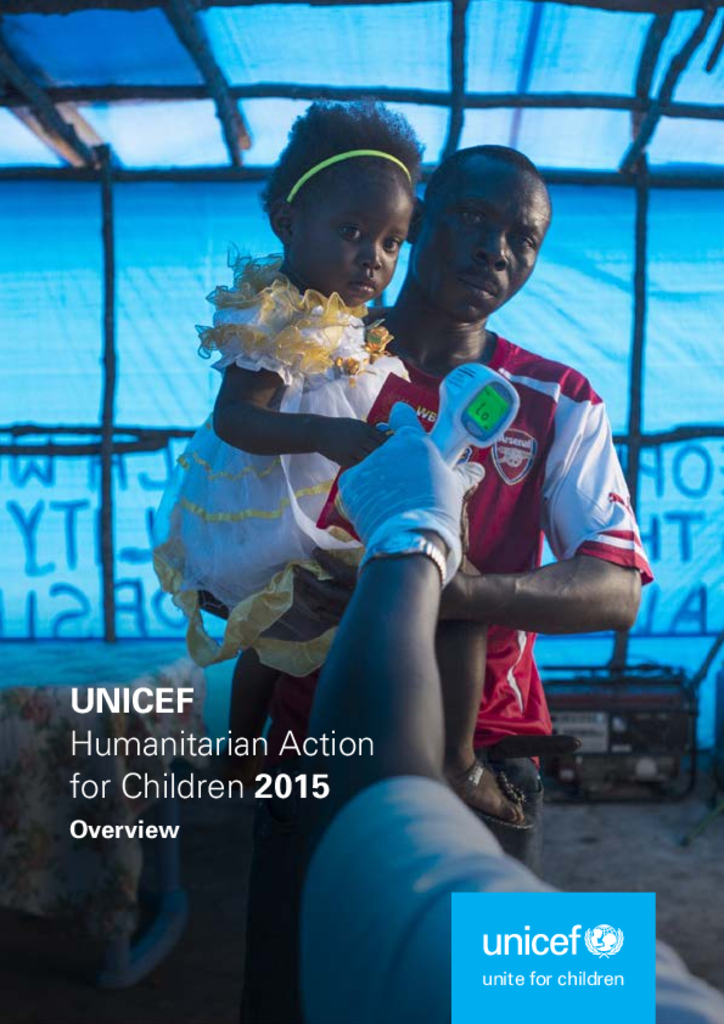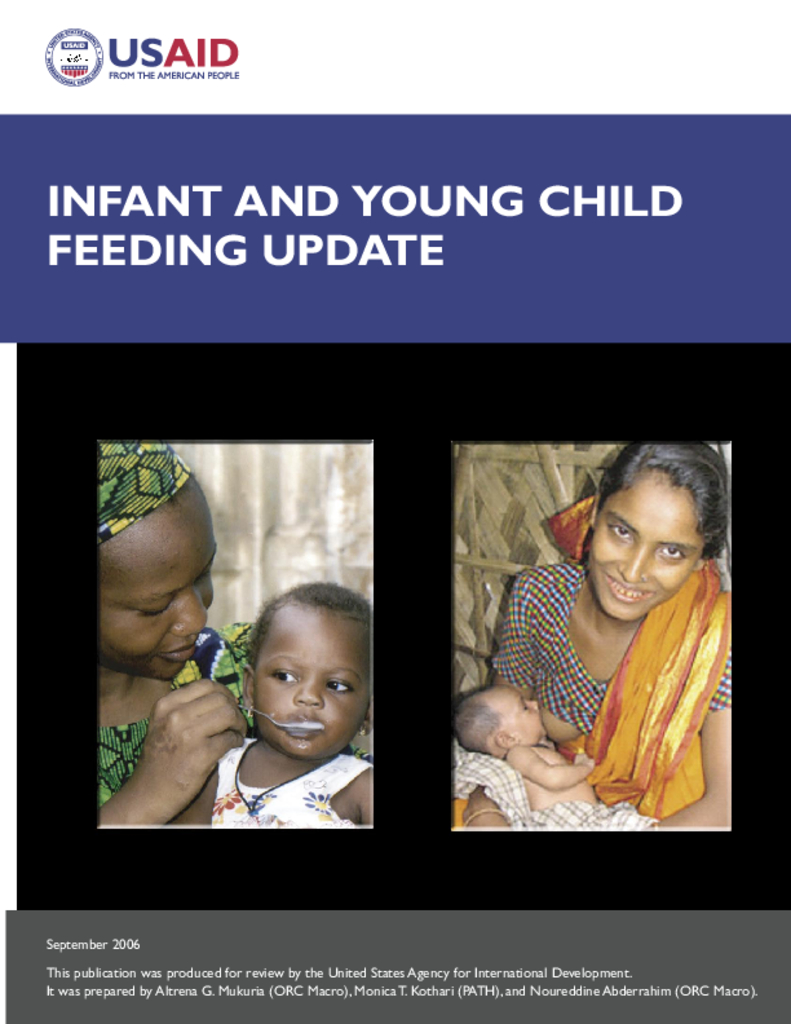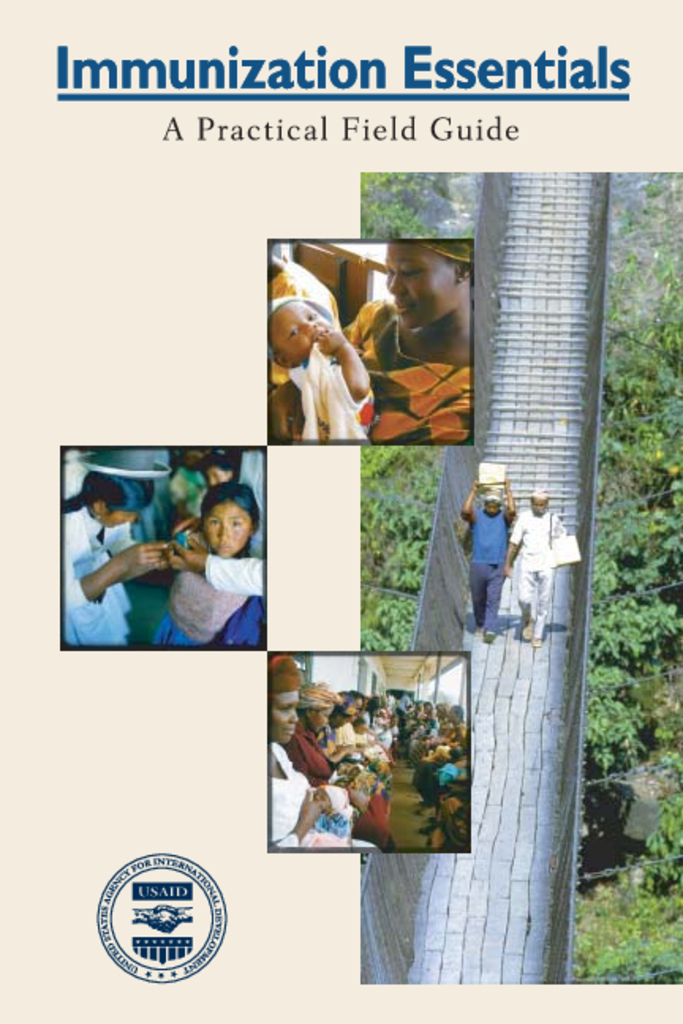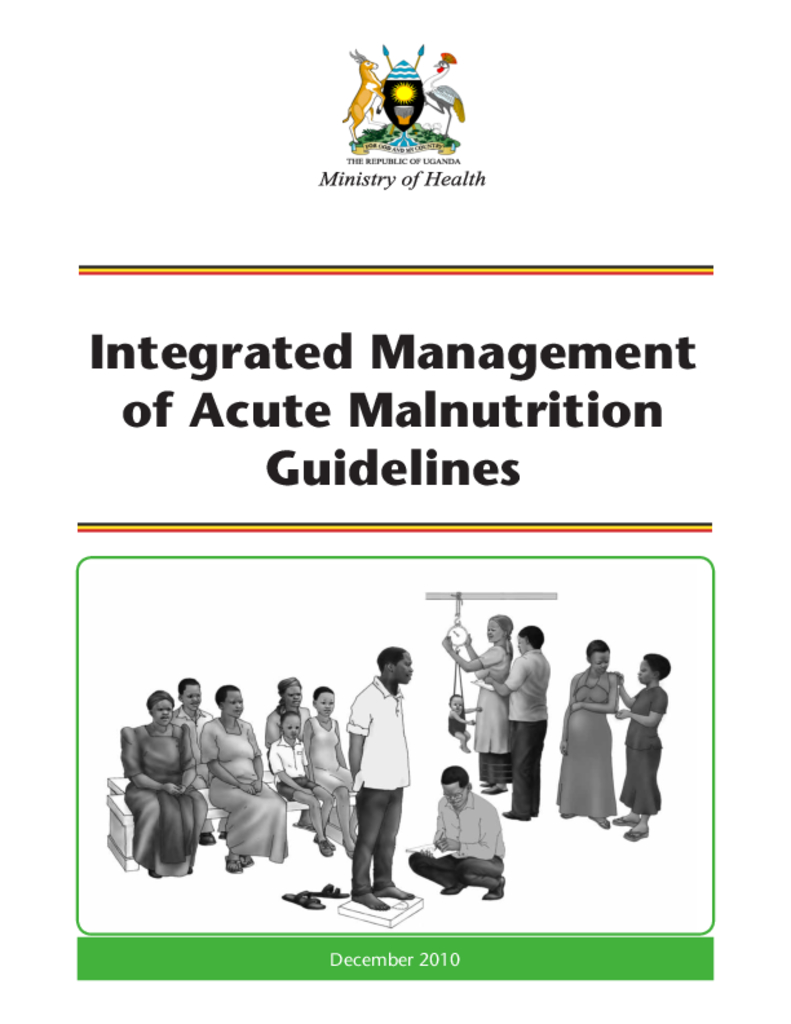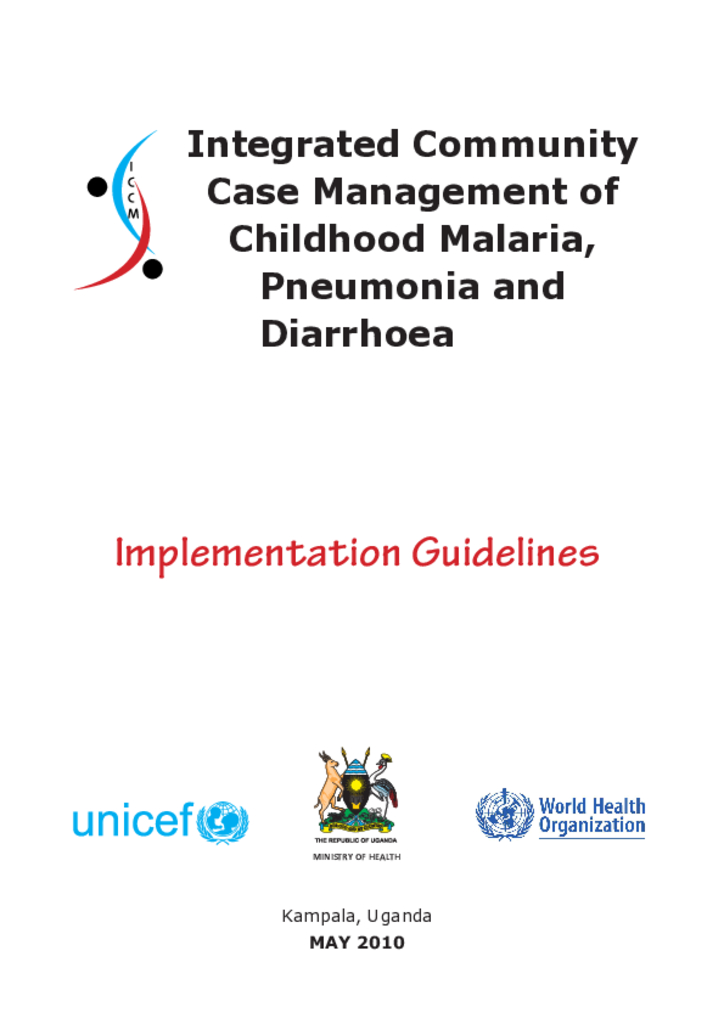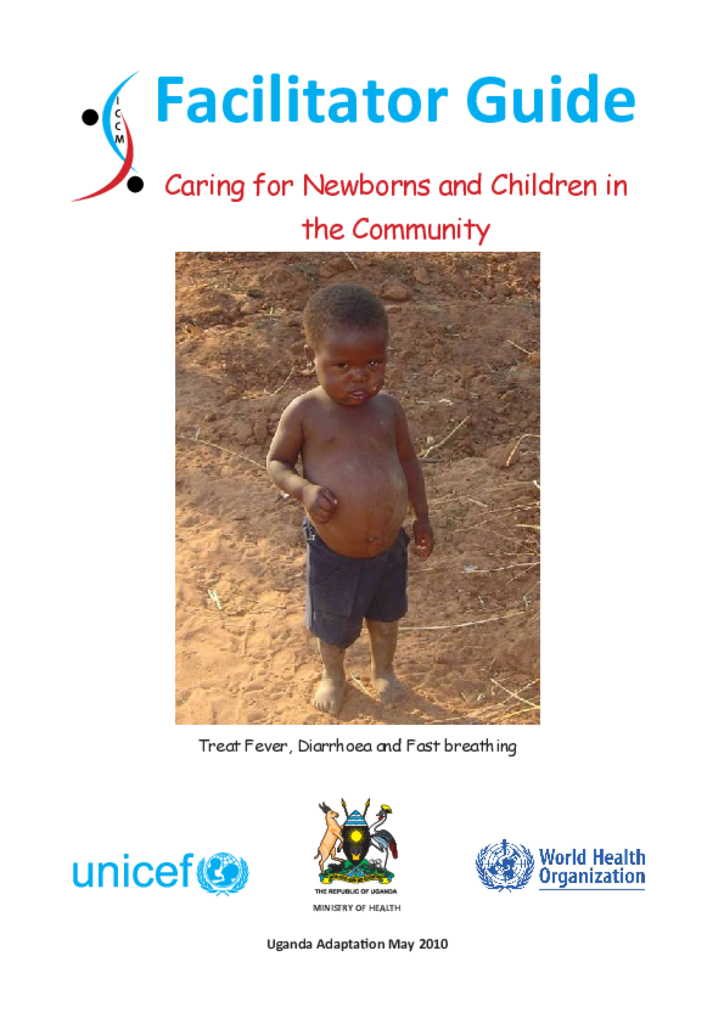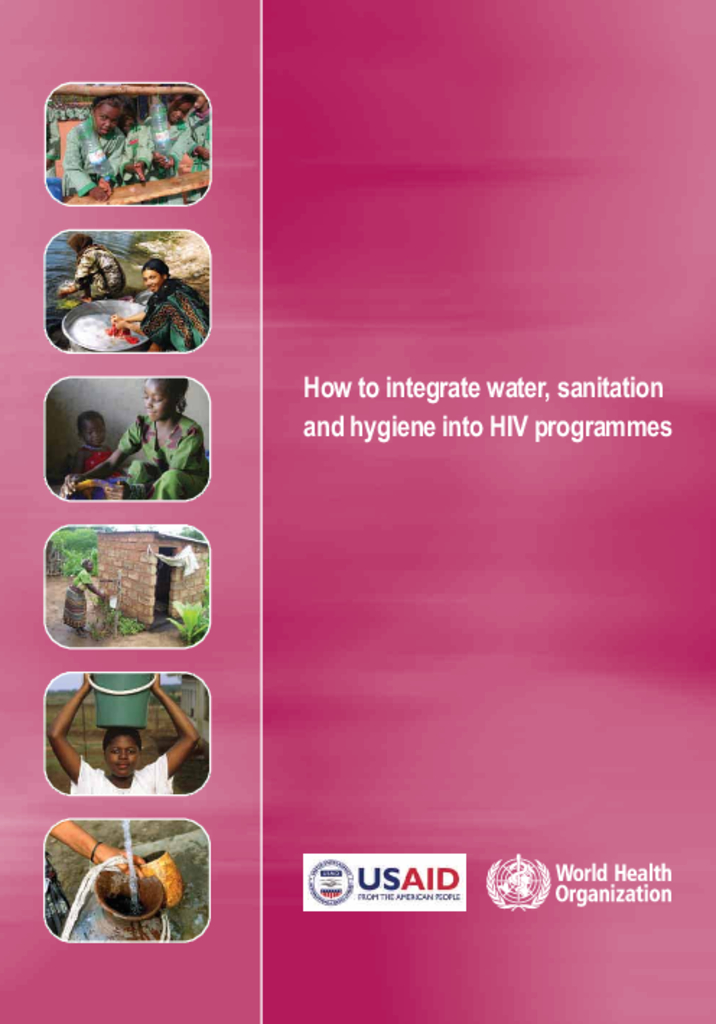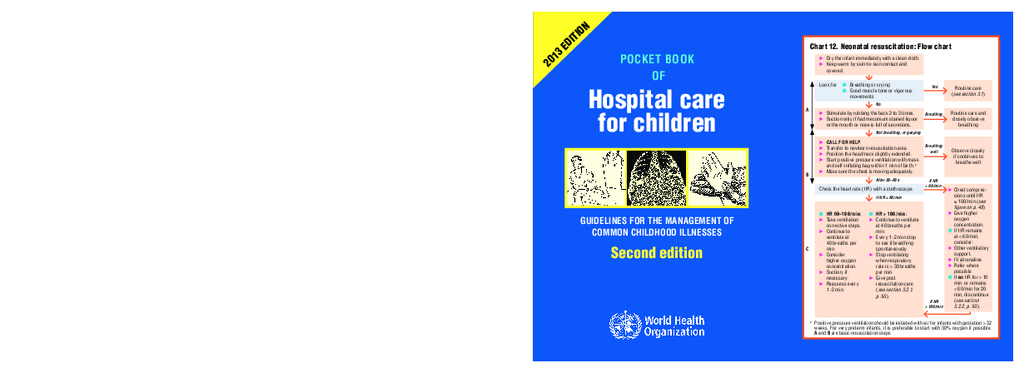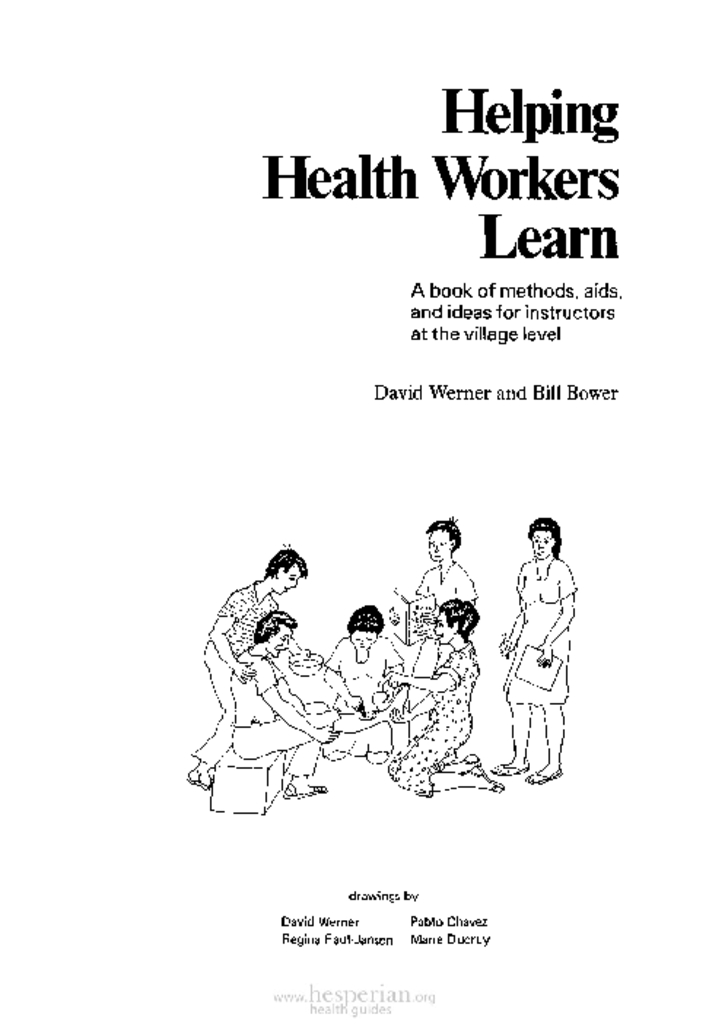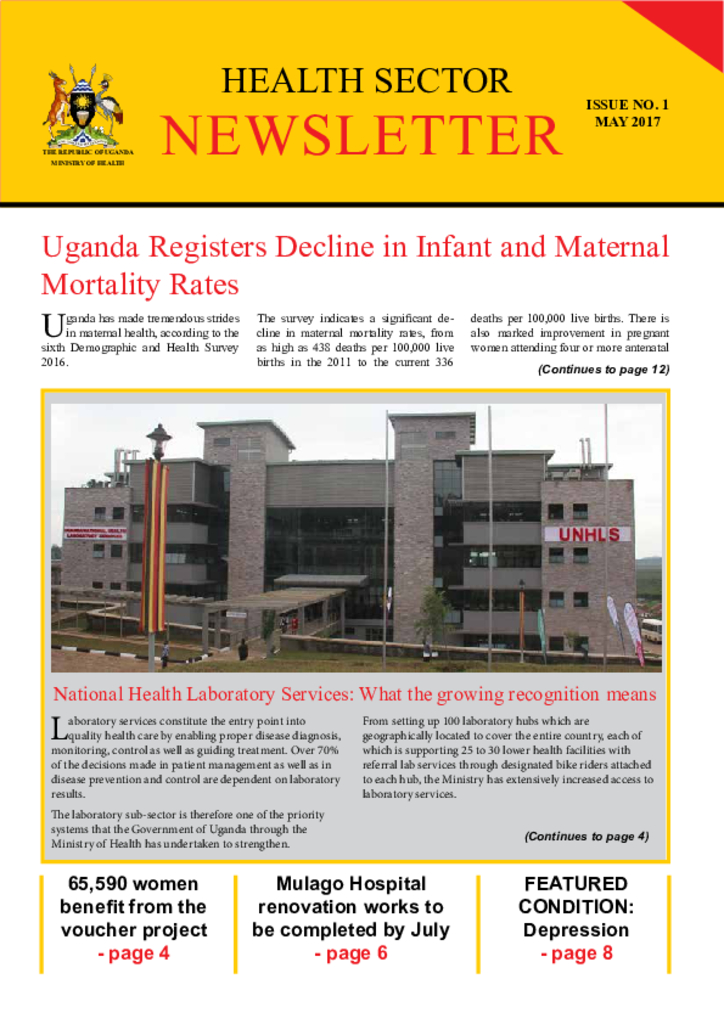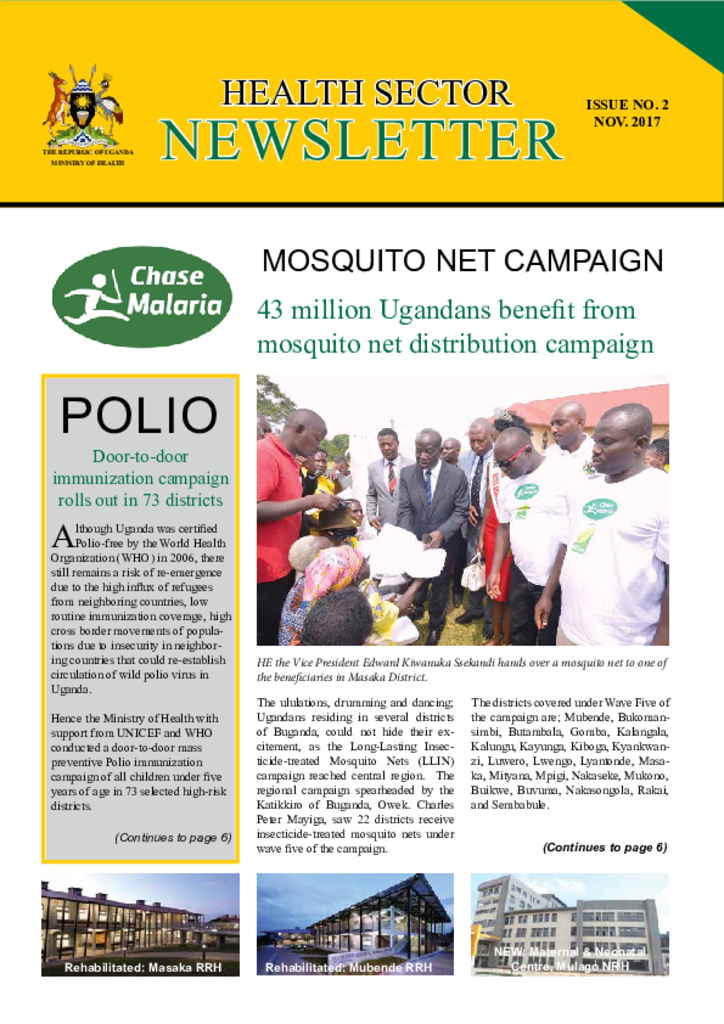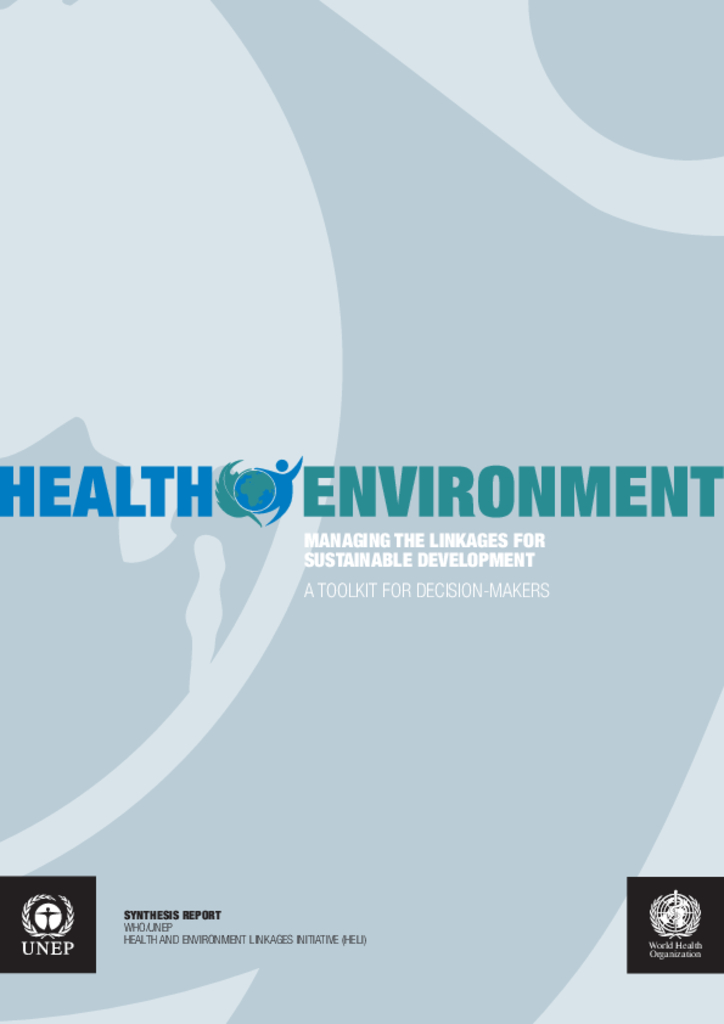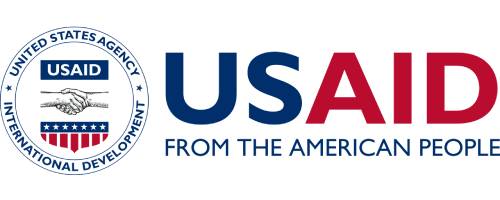The year 2014 was one of sharp contrasts for the world’s children – posing new challenges for UNICEF’s work to improve their lives and emphasizing the critical necessity of investing in heir resilience, before, during, and after emergencies. In November, we marked the 25th anniversary of the Convention on the Rights of the Child and the remarkable progress that has been made for children over the last quarter century. There is much to celebrate: A child born today has a far better chance than a child born in 1989 to survive and thrive, to learn and grow, to participate and contribute to society.
This publication is about infant nutrition. Adequate nutrition is critical to child health and development. The period from birth to two years of age is particulary because of the rapid growth and development that occurs during this time.
While the impact of immunization on childhood morbidity and mortality has been great, its full potential has yet to be reached. Millions of children still die from vaccine-preventable diseases each year. It is our fervent hope that this manual will assist those responsible for immunization programs to meet this challenge.
Malnutrition is the deficiency of protein,energy, as well as vitamins leading to loss of body fats and muscle tissues. It is a major public health concern in Uganda that affects both children and adults.
This document is to guide policy makers, managers, districts, health workers, communities, NGOs and all other stakeholders on how to implement integrated community case management (ICCM) of childhood malaria, pneumonia and diarrhea to reduce under mortality and take actions to introduce, implement, monitor and evaluate ICCM at all levels of health services delivery chain.
It explains about what will take place during the entire training. It indicates which activities are to be done, who to do them, and when to be done
This document is the first comprehensive guide to integrating WASH practices into HIV care. It was written in response to requests from countries and programmes for clear instruction on how to develop care programmes at the national level. It contains guidance on implementing priority WASH practices, including WASH in global and national HIV/AIDS policy and guidance, and integrating WASH–HIV programmes. WASH practices benefit everyone, and integrating WASH into HIV programmes provides additional opportunities and resources to improve public health outcomes for all.
The Pocket book is presented in a format that could be carried by doctors, nurses and other health workers during their daily work and be available to help guide the management of sick children. Although some new topics have been added, standard textbooks of paediatrics should be consulted for rarer conditions not covered in the Pocket book. These guidelines are applicable in most areas of the world and may be adapted by countries to suit their specific circumstances.
Such a world-wide goal is very worthy. But in some ways it is dangerous. For there is a risk of trying to reach that goal in ways that become so standardized, so impersonal, so controlled by those in power, that many of the human qualities essential to health—and to health care— are lost. There is already evidence of this happening. In the last 10 or 15 years, a great many attempts have been made to bring basic health care to poor communities. Billions have been spent on large national or regional programs planned by highly trained experts. But the results have often been disappointing. In most countries, the number of persons suffering from preventable or easily curable illness continues to grow
Greetings and a warm welcome to our very first issue of the Health Sector Newsletter! We couldn’t be more excited to have made it to this point. In this issue, we bring you updates on the infrastructural development, public health policies and programs, a closer insight into the Internationally accredited and recognised National Health Laboratory Services and other exciting messages and facts from the different subdivisions of the health sector. The success of the sector and the ultimate goal of improved service delivery is a reflection of the outstanding work and support of our partners and stakeholders, not forgetting the dedicated service of health professionals.
The second issue of the Health Sector Newsletter is here! This issue covers the months of June to October which saw the sector making significant progress towards the achievement of both its programmatic and institutional objectives. In here you will find a mixture of news, features and insights on a wide range of health-related topics. We cast a light on the just concluded door-to –door preventive Polio immunization campaign community voices on the Uganda Reproductive Health Voucher
Project and lots more. In our featured condition, we have your questions about Cancer answered, with an expert’s view of the condition in Uganda.
The initiative supports environment and health actors working together to address issues of common concern. Traditionally, health and environment sectors have acted independently of one another, each in defined domains. While much can and has been achieved, HELI aims to add a further dimension by focusing specifically on the large and important range of decisions which cannot be taken by one sector alone – and require a coordinated approach.
